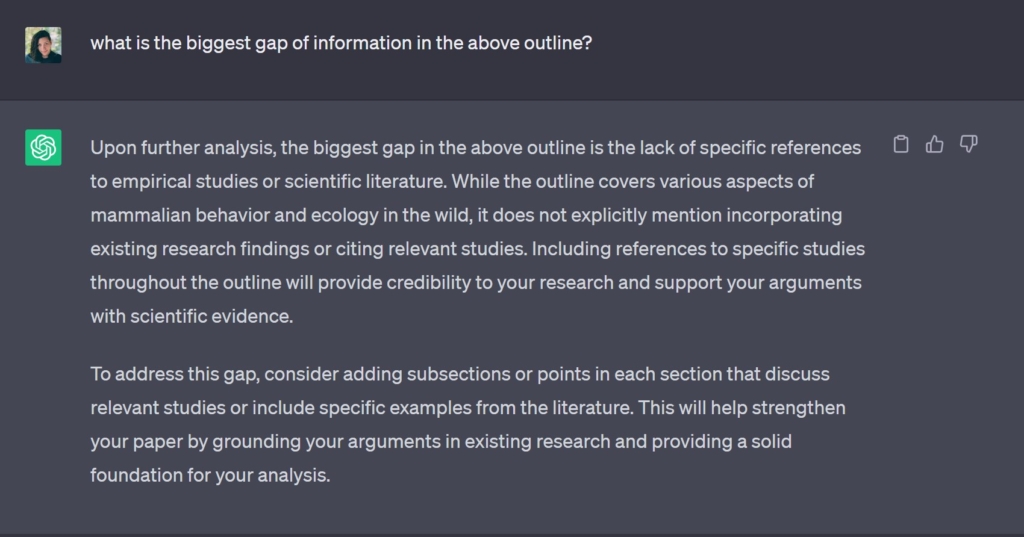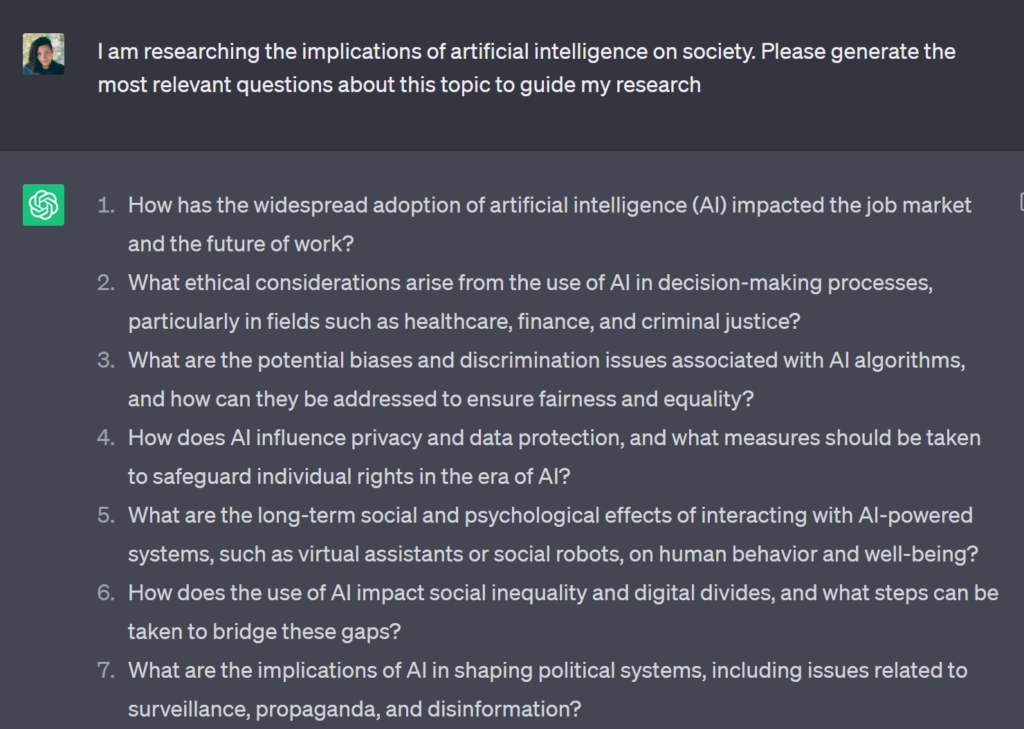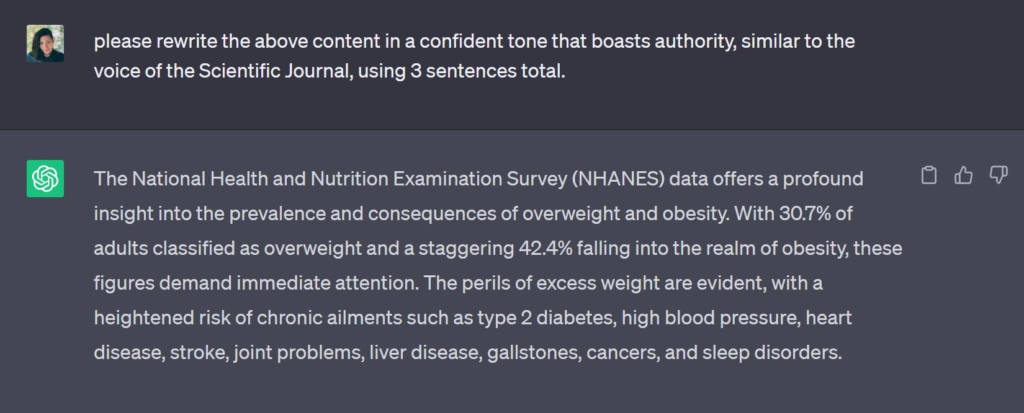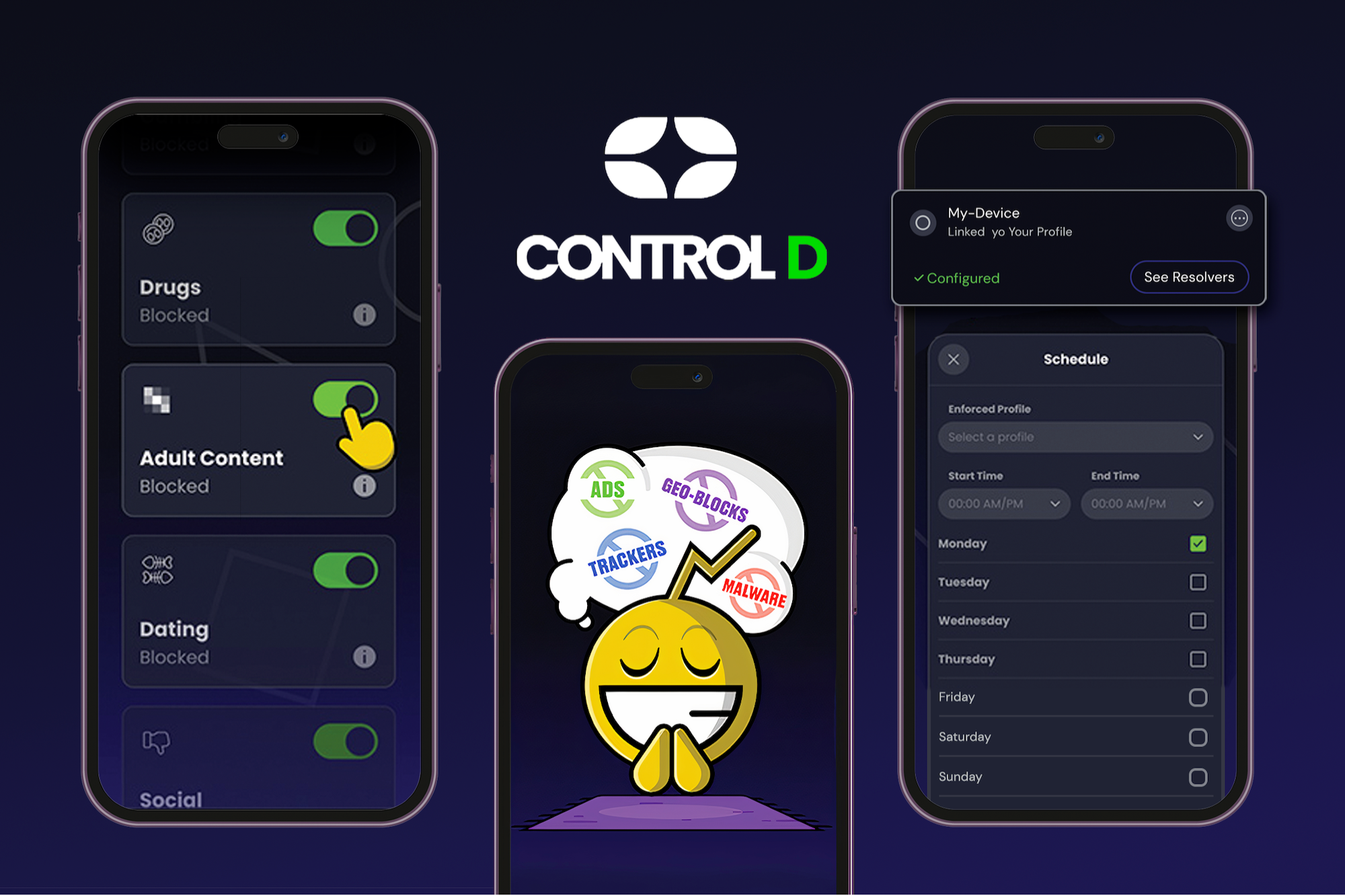AFFILIATE MARKETING
7 Of The Most Effective Ways to Use ChatGPT for Research in 2023

There was a time when research meant countless hours spent in libraries, flipping through books and encyclopedias.
Then, almost magically, the internet revolutionized our ability to research, making information accessible with just a few clicks.
And now, you can use ChatGPT for research, taking it a step further, leveraging an AI-powered research assistant at your fingertips.
But to truly harness its potential, it’s essential to master the art of crafting prompts and knowing how to direct ChatGPT effectively.
That’s where this article comes in handy. We’ve compiled 7 amazing ways to use ChatGPT for research, helping you dig deeper, save time, and even some cash.
So if you’re ready to take your research game to the next level, then settle in and read on.
Using Chatgpt for Research: 7 Methods
These 7 methods apply to a variety of research topics and questions. Whether you’re summarizing dense content or pulling facts from statistical studies, ChatGPT can help you format research quickly:
1. Summarize Complex Information
Whether you have to write a research paper, complete a book review, or quickly grasp the concept of scientific research, ChatGPT is a helpful tool for demystifying complex information.
Students, researchers, and professionals in various fields handle large volumes of information. The more information available, the greater the need for a tool that helps summarize this information. The artificial intelligence model-ChatGPT uses natural language processing (NLP) to make summarizing quick and efficient.
You can also use ChatGPT for updating content that has irrelevant data by asking it to remove unnecessary parts.
It’s trained on a large dataset, and when requested to provide a summary, it fine-tunes on a smaller dataset to provide human-like responses. You can summarize content such as:
- A literature review
- Technical topics
- Books
To summarize information you can write prompts that lets the AI model understand what you’re looking for. You can either paste the text and request a summary or type TLDR with the link to the article or book. You’ll be amazed by ChatGPT’s ability to respond with high-quality content in a matter of seconds.
2. Create Lists of Ideas
You can use ChatGPT for brainstorming to help in your writing process. As the model is built on a large set of training data it is good at suggesting ideas and generating relevant responses.
To utilize the tool, you first need a solid idea – this will define the way you will use the AI model to generate content. Then you can condition your prompts in the following ways to achieve the best set of ideas:
- Ask for prompts on a specific topic that can help to deepen your research
- Use specific keywords that direct ChatGPT in the right direction
- Ask ChatGPT to list relevant topics so you can branch out from your original research
- Write a brief sentence about the idea you have and ask for suggestions

3. Find Gaps and Weaknesses in a Text
ChatGPT can function as an editing assistant when writing research papers. It can find any gaps in your content, which you can then use to improve the quality of your research.
ChatGPT is trained on a large language model, so it can easily identify and offer suggestions for improving your content. Its wide knowledge base provides useful points you can cover to increase the authenticity and depth of your research.
To use this feature, you can feed the outline of your research paper or paste the text in the chat box. ChatGPT will then develop ideas to help you write a well-rounded piece and save time. With this accessible interface, you don’t have to ask anyone else to go through your research!

Want to try an all-inclusive AI tool that will take your research skills to the next level? Give Jasper a try!
4. Generate Additional Research Questions
ChatGPT can also help you generate research questions. It uses its NLP capabilities to analyze a text and develop additional questions related to the topic.
These questions can be part of an initial research plan or as further discussion points within your project. Additionally, having a list of research questions makes it easier to track progress and stay on track with your research.
To generate questions, enter a prompt in the chat box describing your research topic. ChatGPT will then suggest related questions and topics to help you expand your current research.

5. Generate Demographic and Persona Profiles
Research is about more than the topic at hand – it’s also about the people reading the content you’ve crafted from your research. So knowing a bit about your reader base can go a long way in telling you how (and what) to communicate to your readers.
Is this research meant for beginners without prior knowledge of a topic or for seasoned professionals?
Will it mostly be read by people of a certain age group, or are other factors at play, like income, opinions, or interests?
Using ChatGPT for research can help you answer all these questions.
To begin, enter a brief description of the target audience in ChatGPT’s chat box.
You will then get an AI-generated persona profile with data points such as age, location, gender, interests, and more. This information can be used to tailor your research so it resonates with the right people in the right way.

6. Analyze Statistical Data
Statistical data can be hard to understand, let alone make insightful and helpful conclusions.
Luckily, ChatGPT can help you analyze and interpret complex data sets in seconds.
You can ask it to format scientific research and data in a variety of ways, including:
- Isolating the most important piece of data
- Organizing the data in a legible format
- Analyzing correlations between different arrays of data
- Writing a summary of the data
To use this feature, enter the relevant datasets into the chat box and let ChatGPT do the rest. It will quickly crunch through all available information, generate useful graphs, and identify patterns that are worth noting down for further research.

7. Generate Content in the Tone of Reputable Sources
Research papers tend to be written in a formal, authoritative tone. If you want your content to be taken seriously by top publishers, it’s important that your writing is consistent with the standards of those sources.
Sounding authoritative is as much an art as a science, and using ChatGPT for research is all about getting that balance just right. There are plenty of ways to get ChatGPT to improve the quality of your content, from using its AI-driven grammar and spell check to generating content that aligns with the tone used by reliable sources.
To use this feature, enter the text you want to be improved into ChatGPT’s chat box and ask it to be rewritten in a certain style.
You may ask the bot to write the content in the tone of a specific public figure respected in the industry or to align your writing with a particular publication’s style. You can also use adjectives and adverbs to give your writing a more authoritative vibe.
The bot will then generate content with the same authority level as expected from any highly-regarded source.

How to Responsibly Use ChatGPT for Research: The Importance of Fact-Checking

While ChatGPT offers an incredible tool for research, it’s crucial to remember that it’s not infallible.
To use AI tools responsibly and ensure the accuracy of your findings, always fact-check the information provided by the AI.
By cross-referencing with reliable sources and verifying the data, you can maintain high credibility in your work while still enjoying the benefits of AI-assisted research.
This balanced approach will boost the quality of your content and help you create content that adds value to the world. And you may also want to check out our review of Longshot AI for a tool that attempts to help you with this process!
Final Thoughts: How to Use Chatgpt for Research
Leveraging ChatGPT for research can be a game-changer regarding efficiency and productivity. However, it’s crucial to maintain a balance between AI assistance and human judgment, ensuring that fact-checking and verification remain integral parts of the process.
One of the best tools for creating AI content with human-focused insights is Jasper. This multi-purpose AI tool can make it easy to insert factual data and references into your work while still keeping the content engaging and concise.
Check out our Jasper AI review to decide if this tool suits your research needs.
AFFILIATE MARKETING
How to Control the Way People Think About You
Opinions expressed by Entrepreneur contributors are their own.
In today’s digital age, where personal branding and public perception play a vital role in success, strategic PR efforts have become more important than ever. Ulyses Osuna, the founder of Influencer Press, joined our show to share valuable insights on the significance of PR, the evolving landscape, and the keys to achieving business growth while maintaining a fulfilling personal life.
One of the key takeaways from the conversation was the importance of strategic PR efforts in building a personal brand and shaping public perception. Ulyses emphasized that PR is not just about getting media coverage; it’s about controlling the narrative and shaping how others perceive you. By strategically positioning yourself and your brand through effective PR, you can influence public opinion and establish yourself as an authority in your field. Another crucial aspect discussed was the power of leveraging relationships and connections.
Ulyses highlighted the “Buglight Concept,” which involves utilizing the support and connections of others to achieve success. By building strong relationships and leveraging the networks of influential individuals, you can significantly expand your reach and influence. Ulyses’s own success with Influencer Press is a testament to the power of connections in the PR world. While professional success is undoubtedly important, Ulyses also stressed the significance of balancing personal time and fulfillment. In the pursuit of business growth, it’s easy to neglect personal well-being and relationships. However, Ulyses emphasized that true success lies in finding a balance between professional achievements and personal happiness.
By prioritizing personal time and fulfillment, entrepreneurs can sustain long-term growth and avoid burnout. In the ever-evolving landscape of PR, Ulyses highlighted the need for a clear mission when seeking press coverage. He emphasized the importance of aligning your brand with a cause or purpose that resonates with your target audience. By having a clear mission and purpose, you can attract media attention that aligns with your values and goals, ultimately enhancing your brand’s reputation and reach. Additionally, Ulyses discussed the importance of pricing services correctly and finding the right balance between personal involvement and business scalability.
The conversation also touched upon the dynamics of client relationships and the impact of showcasing external support. Ulyses emphasized the value of building strong relationships with clients and going above and beyond to exceed their expectations. Furthermore, he highlighted the importance of showcasing external support, such as media coverage or endorsements, to establish credibility and attract new clients. Ulyses’s own podcast, The Blacklist, where he shares insights and interviews successful entrepreneurs, was also discussed. He explained that launching the podcast was a way to give back to the entrepreneurial community and share valuable knowledge.
By continuously learning from others and implementing breakthrough ideas, Ulyses emphasized the importance of immediate action and continuous improvement for business growth. In conclusion, strategic PR efforts are essential for building a strong personal brand and controlling the narrative in today’s digital age. By leveraging relationships, finding a balance between personal and professional life, and having a clear mission, entrepreneurs can shape public perception, expand their reach, and achieve long-term success. Ulyses Osuna’s insights serve as a valuable guide for those looking to navigate the ever-changing landscape of PR and personal branding.
About The Jeff Fenster Show
Serial entrepreneur Jeff Fenster embarks on an extraordinary journey every week, delving into the stories of exceptional individuals who have defied the norms and blazed their own trails to achieve extraordinary success.
Subscribe to The Jeff Fenster Show: Entrepreneur | Apple | Spotify | Google | Pandora
AFFILIATE MARKETING
Set Your Team up for Success and Let Them Browse the Internet Faster

Disclosure: Our goal is to feature products and services that we think you’ll find interesting and useful. If you purchase them, Entrepreneur may get a small share of the revenue from the sale from our commerce partners.
According to TeamStage, 31 percent of employees waste about a half hour each day, and the top 10 percent of them can waste as much as three hours in a day. Part of that might be attitude, but the other part might be hangups caused by internet speed and advertisements. To nip that lost time in the bud, consider equipping yourself or your team with a tool to help stay on task.
From April 15 through 21, this five-year subscription to Control D Some Control Plan is on sale for just $34.97 (reg. $120). This is the best price for this deal online. This tool is designed to help users browse and use the internet faster while also blocking ads.
Control D is described as a “one-touch solution” for taking control over the productivity of your computer and internet usage. The deal supports use for up to ten devices, and it empowers each user to block advertisements, enjoy faster browsing, and set internet safety rules and restrictions for kids.
Control D’s bandwidth is substantial. It can accommodate up to 10,000 custom rules, block more than 300 servers, support multiple profiles, and unlimited usage. This robust and well-designed tool is a reliable option for any business leader who wants to liberate themselves or team members from distractions online.
Control D is rated a perfect 5/5 stars on Product Hunt.
Remember that from April 15 through 21, this 5-year subscription to Control D Some Control Plan is on sale for just $34.97 (reg. $120)—the best price on the web.
StackSocial prices subject to change.
AFFILIATE MARKETING
Grab Microsoft Project Professional 2021 for $20 During This Flash Sale

Disclosure: Our goal is to feature products and services that we think you’ll find interesting and useful. If you purchase them, Entrepreneur may get a small share of the revenue from the sale from our commerce partners.
If you’re in charge of a business and you don’t have a clear understanding of how to approach projects in an organized and effective manner, that’s a problem. Like many leaders before you, consider leaning on software that’s designed to streamline the project workflow for companies representing a wide range of industries.
A rate that will only be available from April 19 through 22, you can get Microsoft Professional 2021 for just $19.97 (reg. $249).
This well-reviewed software comes with a range of pre-built templates that you can use to set your project off on the right foot. It supports a number of helpful functions like building complex schedules with varying timelines, auto-populating those schedules in instances where it can, and submitting timesheets that can be distinguished by project work and non-project work.
Some additional features of Microsoft Project Professional that can help entrepreneurs and their teams include what-if scenario generation capabilities. Microsoft Project Professional also allows you to sync projects on your local server with those online, which is massively helpful for remote teams.
Its comprehensive and well-curated offerings are part of why Project Professional is rated an average of 4.7/5 stars on the Entrepreneur Store.
Don’t miss this limited-time opportunity to make a worthwhile investment in your business for the price of a beer at the ball game.
A price that will only last from April 19 through 22, you can get Microsoft Professional 2021 for just $19.97 (reg. $249).
StackSocial prices subject to change.
-

 PPC5 days ago
PPC5 days ago19 Best SEO Tools in 2024 (For Every Use Case)
-

 MARKETING6 days ago
MARKETING6 days agoStreamlining Processes for Increased Efficiency and Results
-
SEARCHENGINES6 days ago
Daily Search Forum Recap: April 17, 2024
-

 SEO6 days ago
SEO6 days agoAn In-Depth Guide And Best Practices For Mobile SEO
-

 PPC6 days ago
PPC6 days ago97 Marvelous May Content Ideas for Blog Posts, Videos, & More
-
SEARCHENGINES5 days ago
Daily Search Forum Recap: April 18, 2024
-

 MARKETING5 days ago
MARKETING5 days agoEcommerce evolution: Blurring the lines between B2B and B2C
-
SEARCHENGINES4 days ago
Daily Search Forum Recap: April 19, 2024















